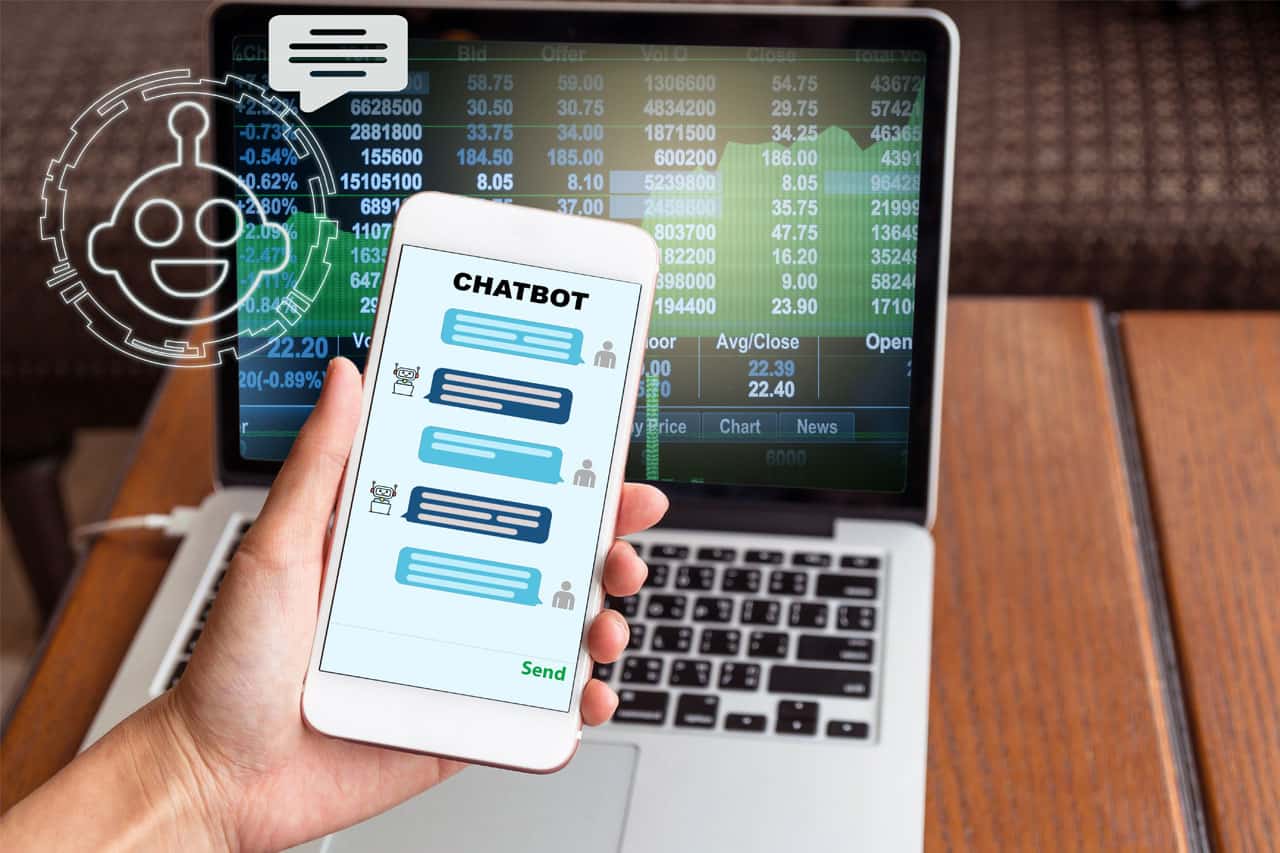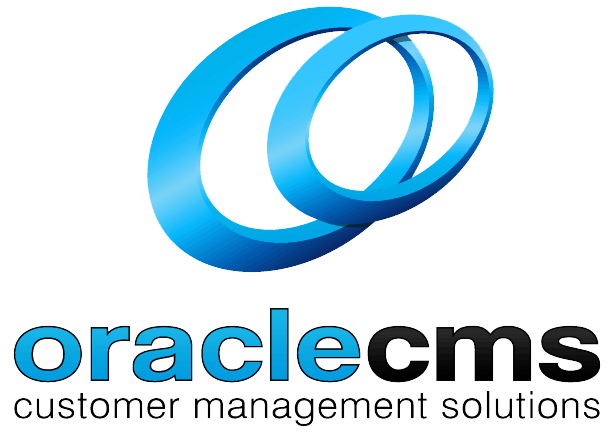
An Introduction to AI Chatbots
AI chatbots are amazing. There’s a good chance that you have already engaged with one on a website without perhaps even realising it. They are on the front lines of AI and human intelligence and they’ve been going from strength to strength in recent years.
Today, AI chatbots can handle an impressive amount of tasks, from ordering your goods to guiding you through a complicated business to business sales process.
However, there are several different AI bots, each of which is designed to handle a variety of tasks. As such, it can get a little confusing when it comes to picking the best AI chatbot for you and your business.
In this article, we’re going to talk about some of the key differences between the more traditional chatbots designed to collect and nurture leads, and AI chatbots. Click here to learn more about our chatbot development services
What Is an AI Chatbot and How Do They Work?
First of all, what is an AI chatbot? Many terms are being thrown around, such as chatbot, virtual assistant, and automation, which is why it can get a little confusing.
It’s important to recognise the key differences between AI chatbots, and traditional chatbots. At its core, it all boils down to understanding the crucial difference between AI, and automation.
AI chatbots are programmed to understand and interpret language outside of a pre-programmed set of commands. The more they engage with humans, the more they learn. Additionally, AI chatbots can also make changes to their methods based on patterns that they pick up on, thus becoming smarter over time as they engage with different scenarios. This is what makes AI bots viable for a wide variety of uses.
Chatbots can be established with set rules that were laid out in advance. That way, they can more or less stick to a certain script for sales and marketing teams to interject as necessary. This flexibility gives our users the ability to build their bot from the ground up by selecting the type of conversations that they would like said bot to have. That way, you can have multiple chatbots installed on your website, each with a unique function.
For example, on the homepage, you can have a chatbot that “greets” your visitors and asks them why they are visiting. This allows you to gather more information about why visitors are coming to your website so that you can effectively direct them to the appropriate section of your website.
“Hello, what brings you to our website today?”
“I need help troubleshooting XYZ.”
“We are sorry to hear that you are having trouble with XYZ, here is a link to a tutorial that can help.”
Alternatively, you might want to use a chatbot that highlights specific features on a page to better guide a visitor toward a positive conclusion. Chatbots can also be used on eCommerce websites to help reduce abandoned shopping carts.
The chatbot will display key information based on a set of rules that have initially been laid out by a human operator. Rule-based chatbots are unable to respond to changes in language and thus only have a set amount of dialogue that can respond to a specific set of questions and keywords. Using a strict script, it can allow your salespeople to receive the appropriate qualifying details necessary for them to proceed with their sales pitch.
Unfortunately, if a visitor arrives at your website and asks something that a Chabot hasn’t been programmed to respond to, it cannot produce an answer.
An AI chatbot, on the other hand, is trained to function more or less on its own. It will use an innovative process referred to as NLP (natural language processing), combined with AI to get smarter over time and better respond to curveball questions.
Which Is Better for You: AI Chatbots or Ruled-Based Chatbots?
Which of the two types of chatbot will be best suited to you depends on many factors – specifically the case of usage.
Rule-based chatbots aren’t as flexible as AI chatbots, though they do provide advantages. For example, if you would like to provide your clients with a predictable and controlled experience, a traditional chatbot can maintain its focus on encouraging your target audience toward a specific goal.
However, if you are looking for something smarter that can answer complex questions whilst simultaneously helping you build a large and advantageous data set, an AI chatbot is the superior option – even more so when it comes to combing through massive amounts of data to better understand customer queries, identifying certain patterns and behaviours, and providing as personalised a solution as possible.
It is, however, worth it because sometimes AI chatbots do very much have a mind of their own and can sometimes deliver inappropriate solutions. In any case, over time, it will learn from its mistakes and evolve into a highly flexible and adaptable chatbot that can solve complex queries for your valued customers.
How to Choose the Ideal AI Chatbot for Your Requirements?
When it comes to picking the best possible AI chatbot software for your business, you need to take an honest assessment of your needs, including your organisation’s technical capabilities. Will a rule-based chatbot suffice, or would you prefer a more elegant AI bot to help analyse huge sets of data and continually builds on its abilities and knowledge base?
If so, there are certain things you need to consider before going ahead and building an AI chatbot…
What Programming Languages Will Your Chatbot AI Use?
While many of the more user-friendly AI chatbot builders come with an easy drag and drop interface, the language used is still a crucial consideration. For example, Java and C++ provide more in the way of speed, as opposed to Python-powered bots, however, Python is significantly easier to use for people who do not have much the way of experience with building chatbots.
How Easy Is the AI Chatbot in Question to Use?
Consider how much work your team can invest in building a chatbot of your own. There are pros and cons to each of the software available, some offering more in the way of customisation, but being considerably more complicated to use as a result.
What Sort of AI Bot Do You Want to Build?
You should consider looking at AI chatbots for websites that can perceive and understand tone, sentiment, and the various customer personalities so that they can deliver a superior experience to each visitor.
Will the AI Chatbot Connect Effortlessly With Your Existing CRM System?
Another crucial consideration is whether your chatbot can integrate with your CRM system – particularly if you are using it to gather data and insights.
Will the AI Bot Be Pre-trained?
The very best AI chatbots are already built on an existing AI data set, rather than you having to start from scratch. However, you do not want to choose a bot that doesn’t have an existing understanding of your specific industry.
Leave It to the Professionals
As you may have already guessed, there’s an awful lot of work that goes into building a chatbot for your website. However, that doesn’t mean that any of this hard work has to fall on you. If you outsource this requirement to professionals, they can make the process as painless as possible.
Remember, chatbots are fast becoming essential in the workplace and brands that have embraced them already are experiencing a significant advantage over those who are not currently moving toward AI and automation.
Don’t feel overwhelmed by the unknown and embrace the practical benefits that come with it. When you partner with reputable AI chatbot developers, all of the technical transitions can be taken care of and you can simply start reaping the rewards.


